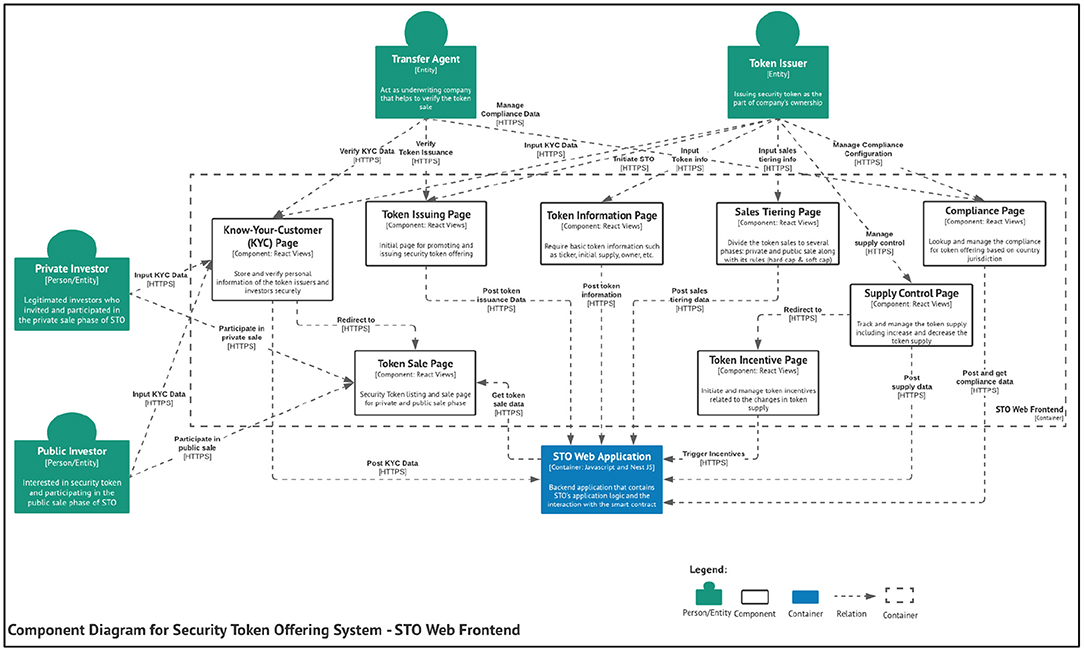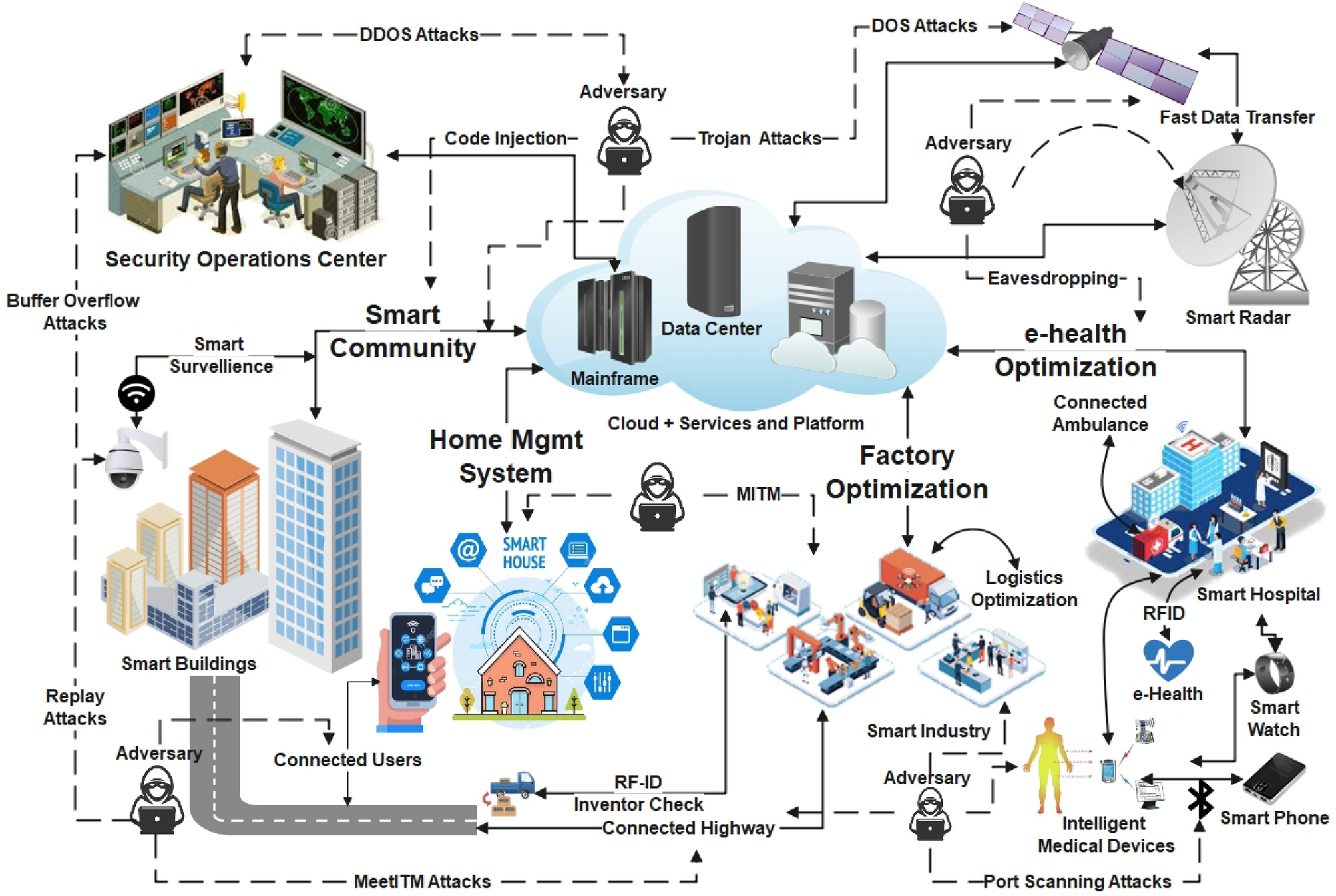- Published on
Demystifying Local Tokens on Private Blockchain Networks A Step-by-Step Guide
- Authors

- Name
- Adil ABBADI
Introduction
Private blockchain networks have revolutionized the way organizations approach decentralized solutions, enabling secure, transparent, and efficient transactions within a closed ecosystem. One essential component of these networks is the local token, which acts as a medium of exchange, facilitating interactions between participants. In this article, we'll delve into the world of local tokens on private blockchain networks, covering the benefits, use cases, and a step-by-step guide to creating your own local tokens.

- Benefits and Use Cases of Local Tokens
- Preparing Your Private Blockchain Network
- Creating a Local Token on Hyperledger Fabric
- Conclusion
- Further Reading and Resources
Benefits and Use Cases of Local Tokens
Local tokens on private blockchain networks offer numerous advantages, including:
- Decentralized governance: Tokens enable decentralized decision-making, allowing network participants to vote on proposals and updates.
- Incentivization: Tokens can be used to incentivize desired behavior, such as contributing to the network's development or maintaining node infrastructure.
- Access control: Tokens can be used to grant access to specific network resources or services.
Use cases for local tokens on private blockchain networks include:
- Supply chain management: Tokens can represent ownership or provenance of goods, ensuring transparency and trust.
- Decentralized finance (DeFi): Tokens can be used for lending, borrowing, and other financial activities within the network.
- Gaming and virtual worlds: Tokens can be used as in-game currency, enabling new business models and monetization strategies.
Preparing Your Private Blockchain Network
Before creating local tokens, ensure your private blockchain network is set up and configured. For this example, we'll use a Hyperledger Fabric network, but the principles apply to other private blockchain platforms as well.
Prerequisites:
- Hyperledger Fabric v2.2+: Install and configure a Hyperledger Fabric network with at least one organization and one peer node.
- Fabric SDK: Install the Fabric SDK for your preferred programming language (e.g., Node.js, Java, or Python).

Creating a Local Token on Hyperledger Fabric
To create a local token on your Hyperledger Fabric network, follow these steps:
Step 1: Define the Token Configuration
Create a new file token_config.json with the following content:
{
"name": "MyLocalToken",
"symbol": "MLT",
"totalSupply": 1000000,
"decimals": 2
}
This configuration defines the token's name, symbol, total supply, and decimal precision.
Step 2: Create the Token Smart Contract
Create a new file token_contract.go with the following content:
package main
import (
"fmt"
"github.com/hyperledger/fabric-chaincode-go/shim"
"github.com/hyperledger/fabric-chaincode-go/stub"
)
type TokenContract struct{}
func (c *TokenContract) Init(stub shim.ChaincodeStubInterface) []byte {
fmt.Println("Initializing token contract")
return nil
}
func (c *TokenContract) Invoke(stub shim.ChaincodeStubInterface) ([]byte, error) {
fmt.Println("Invoking token contract")
return nil, nil
}
func main() {
fmt.Println("Token contract deployed")
}
This GoLang smart contract will manage the token's lifecycle, including minting, transferring, and burning.
Step 3: Compile and Deploy the Token Smart Contract
Compile the token_contract.go file using the following command:
go build token_contract.go
Deploy the compiled contract to your Hyperledger Fabric network using the Fabric CLI:
fabric deploy -c token_contract
Step 4: Mint Initial Token Supply
Use the fabric CLI to mint the initial token supply:
fabric invoke -c token_contract -m mint -a 1000000
This command invokes the mint function on the token_contract smart contract, minting 1,000,000 tokens with 2 decimal places.
Step 5: Transfer Tokens between Peers
Use the fabric CLI to transfer tokens between peers:
fabric invoke -c token_contract -m transfer -a 100 -p Peer1 -t Peer2
This command invokes the transfer function on the token_contract smart contract, transferring 100 tokens from Peer1 to Peer2.
Conclusion
Creating local tokens on private blockchain networks unlocks a world of possibilities for decentralized applications and secure transactions within your network. By following this step-by-step guide, you've successfully created and deployed a local token on a Hyperledger Fabric network. Remember to explore the various use cases and benefits of local tokens to unlock the full potential of your private blockchain network.
Further Reading and Resources
- Hyperledger Fabric Documentation: Explore the official Hyperledger Fabric documentation for more information on smart contract development and deployment.
- Tokenomics: Learn more about token economics and design principles for your local token.
- Private Blockchain Use Cases: Discover more use cases and applications for private blockchain networks and local tokens.
Get started with creating your own local tokens and unlock the potential of your private blockchain network today!
